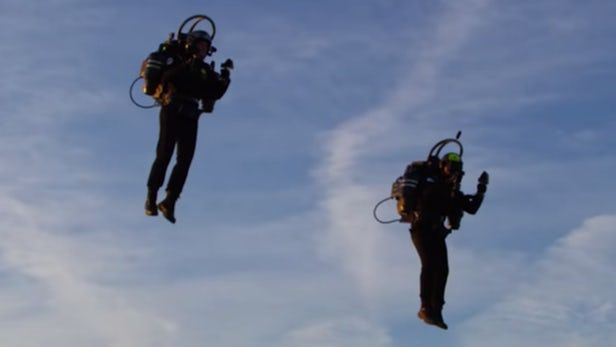https://paper.li/e-1437691924#/
On the second balmy day of the year in New York, Neil Harbisson, a Catalan artist, musician, and self-professed “cyborg,” walked into a café in the Nolita district of Manhattan. The actor Gabriel Byrne was sitting at a table in the corner. Harbisson approached. “May I do a sound portrait of you? It will just take one minute. For nine years, I’ve been listening to colors,” he explained.
Byrne eyed his questioner from under raised eyebrows. On a slight frame, the 30-year-old Harbisson wore a white T-shirt, deep-pink jeans and black-and-white showman’s brogues. His face was angular, with an aquiline nose and a chin smudged with grown-out stubble. A small plastic oval floated in front of his forehead, attached to the end of a flexible stem that reached around from the back of his head and over a sandy pageboy mop, like the light on the head of an angler fish. This “eyeborg,” as Harbisson calls it, converts light into audible sound, with a pitch that varies according to the color of the light.
With a good-natured shrug, Byrne relented. Harbisson darted down next to his quarry, intent, but with a boyish smile that betrayed his excitement. He pointed the eyeborg first at Byrne’s ear, then his lips, then his left eye, then the bridge of his nose, and finally his salt-and-pepper hair, scribbling down musical notes on the back of a cardboard coffee-holder. Byrne gave him his agent’s email. When Harbisson got back to a computer, he would make a sound file that combined the notes from each bit of Byrne’s anatomy, and send it back to the actor. Harbisson’s collection already included Prince Charles, Nicole Kidman, and Al Gore.









